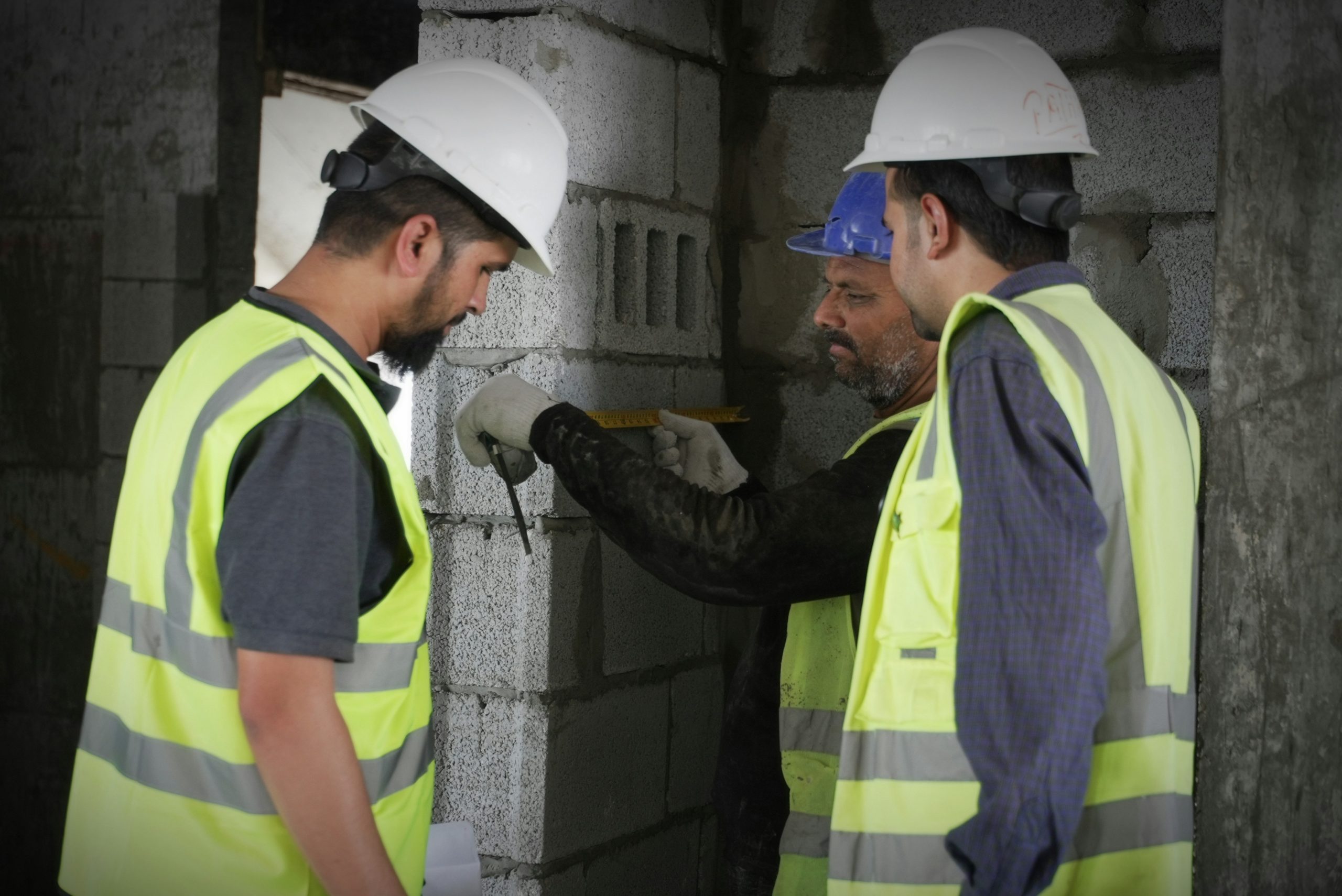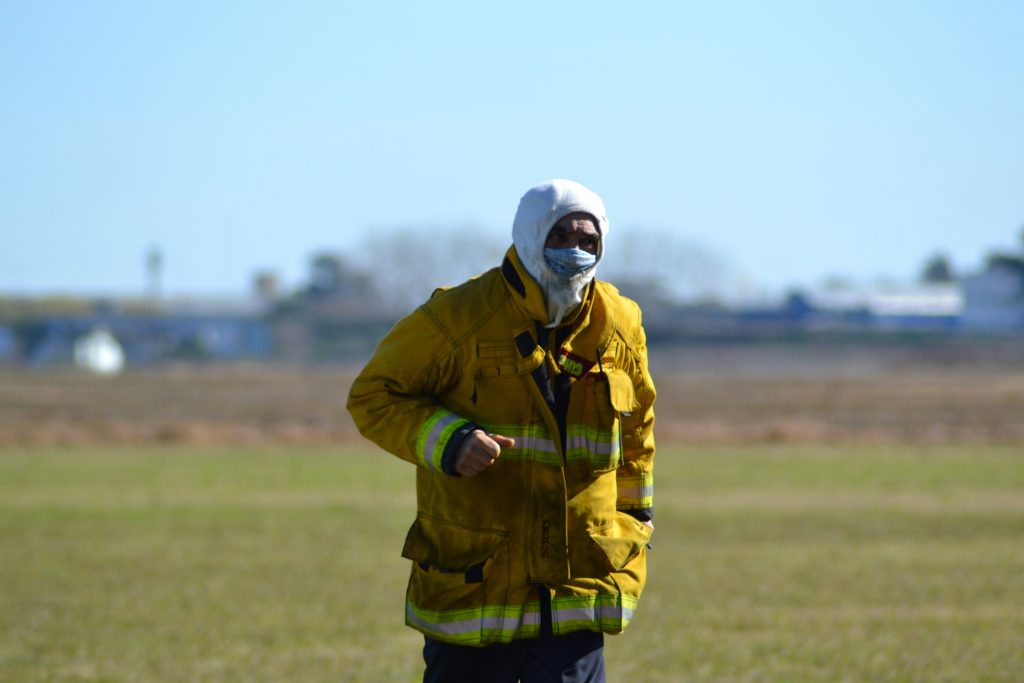“Ever stared at a stack of medical bills wondering how you’ll pay for something you didn’t even know was dangerous?” If asbestos exposure has crossed your path—whether in the workplace or elsewhere—you’re not alone. Thousands still deal with its fallout, both physically and financially.
Today, we’ll unravel the lesser-known connection between worker compensation claims and the lifeline that could save you from financial ruin: asbestos insurance. By the end, you’ll understand:
- How worker compensation claims work for asbestos-related issues.
- The role of asbestos insurance in mitigating costs.
- Actionable steps to secure coverage before it’s too late.
Table of Contents
- Key Takeaways
- Why Worker Compensation Claims Are Essential for Asbestos Victims
- How to Navigate Worker Compensation Claims Step-by-Step
- Best Practices When Dealing With Asbestos Insurance
- Real-Life Wins: Success Stories in Asbestos Claims
- Frequently Asked Questions About Worker Compensation Claims
Key Takeaways
- Asbestos-related health issues can qualify for worker compensation claims if linked to occupational exposure.
- Having asbestos-specific insurance helps bridge gaps left by traditional policies.
- Timing and documentation are crucial when filing claims.
Why Worker Compensation Claims Are Essential for Asbestos Victims
Imagine this horror story: A veteran construction worker named Michael found out he had mesothelioma—a condition caused by inhaling asbestos fibers—at age 58. His company? Long gone due to bankruptcy. And guess what? Neither his personal health insurance nor savings could cover decades of treatment ahead.
This isn’t just a sob story; it happens more often than you think. According to the CDC, over 45,000 Americans died from asbestos-related diseases between 1999 and 2015. Here’s where things get interesting (or infuriating, depending on your mood): Many companies exposed workers knowingly but never set aside funds to compensate them later.
The Role of Worker Compensation Claims
For those who’ve been exposed via their job, worker compensation claims provide much-needed relief—but only if filed correctly. Think of these claims as your “financial Band-Aid.” Without them, victims face overwhelming medical expenses and lost wages.

Image 1: Graph illustrating rising numbers of asbestos-related illness diagnoses since 1970.
How to Navigate Worker Compensation Claims Step-by-Step
Filing a claim might sound daunting, like learning quantum physics while juggling pineapples—but don’t worry! Below, I’ll guide you through each step:
Step 1: Confirm Occupational Exposure
Remember my buddy Steve? He tried filing a claim because he thought old school insulation dust gave him a cough—only to realize he worked remotely his entire life. Pro tip: You must prove direct occupational exposure! Gather employment records and any documents detailing your work environments.
Step 2: Get Medical Documentation ASAP
Your doctor needs explicit notes tying symptoms to asbestos-related illnesses. This isn’t optional—it’s mission-critical. Doctors aren’t mind readers, people!
Step 3: Contact An Attorney (Even if You Hate Lawyers)
Yes, attorneys may seem expensive upfront, but skipping one is like trying to fix a leaking roof with duct tape—it fails spectacularly. Look for someone specializing in asbestos cases.

Image 2: Stack of papers involved in asbestos litigation—because bureaucracy loves paper trails.
Best Practices When Dealing With Asbestos Insurance
Let’s talk strategy. These tips will ensure no stone goes unturned:
- Review Existing Policies: Don’t assume standard insurance covers everything!
- Consider Specialized Coverage: Some insurers offer specialized asbestos insurance plans covering medical treatments, lawsuits, etc. Worth exploring.
- File Early & Often: Delaying reduces chances of approval. Act now!

Image 3: Sample checklist for ensuring all necessary items are included in your claim submission.
Real-Life Wins: Success Stories in Asbestos Claims
Take Jane Doe (name changed), a former factory worker diagnosed with lung cancer tied to asbestos exposure. Initially denied her worker compensation claim, she hired an experienced attorney who dug deep into archived company records. Result? She won $500k plus ongoing benefits.
Another example involves Bob Smith (also pseudonymized). After discovering asbestos contamination at home post-renovation, Bob secured supplemental asbestos insurance. When mold removal turned deadly serious, his policy covered remediation AND medical expenses.
Frequently Asked Questions About Worker Compensation Claims
Q: Can I file for worker compensation if my employer went bankrupt?
Absolutely! There’s usually a state fund covering such scenarios.
Q: Is asbestos insurance expensive?
It depends. Typically ranges from $50–$200/month based on risk factors.
Q: What mistake ruins most claims?
Not gathering enough evidence early. Grumpy truth bomb: No proof = no payout.
Conclusion
Navigating worker compensation claims and asbestos insurance might feel overwhelming—but armed with knowledge, persistence, and support, you can protect yourself financially. Remember:
- Start documenting immediately.
- Consult professionals whenever unsure.
- Never underestimate the power of backup plans (like specialized insurance).
And here’s your bonus nostalgia nugget: Like Rocky training for the big fight, prepare thoroughly before taking on the system. *Eye of the Tiger*, anyone?
Final Thought Haiku
Dust settles slowly, Claims bring hope through chaos—rise, Victory awaits.


